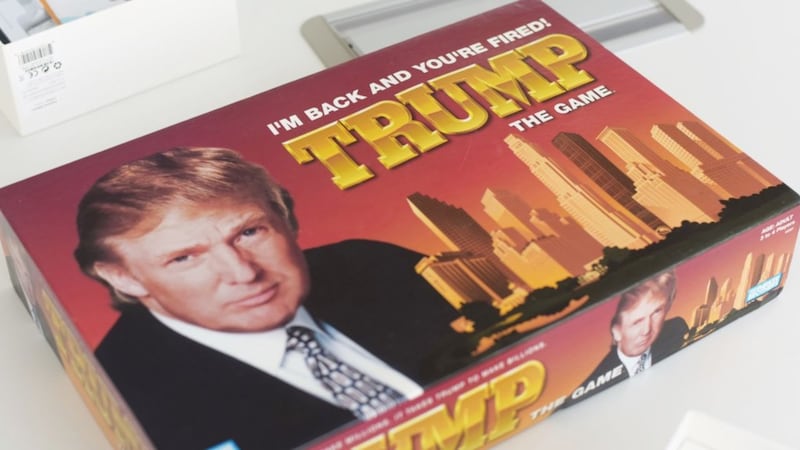A collection of unsuccessful inventions are set to be unveiled at a pop-up-exhibition in Sweden called the Museum of Failure.
From Heinz’s ill-fated green ketchup to Google’s failed attempt at wearable tech that is the Google Glass, a wacky parade of rejected products from bygone years will be showcased in Helsingborg.
But experts are quick to point out that innovation is tough and failure is often part of the process, with Nicolai de Gier, a professor at the Royal Danish Academy of Fine Arts, saying: “You’re working on the edge of tomorrow. It’s like the other part of trying is failing, so it’s just a very natural thing and very important thing.”
The museum is the brainchild of 43-year-old curator and clinical psychologist Samuel West and houses more than 70 items – and here are a few of them:
1. Amazon Fire Phone
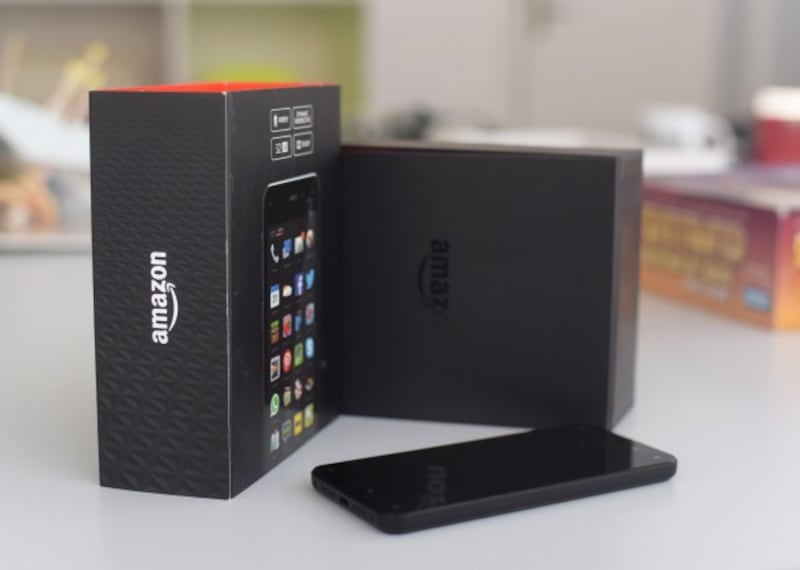
Amazon may be one of the biggest and the most successful e-commerce giants in the world, but they’ve also had a few failures in their time – and one of them happens to be the Fire Phone that was released in 2014.
Two months after its debut, Amazon dropped its price to 99 cents (which included a two-year contract with AT&T) but failed to shift stock and the company ended up losing $170 million (£105 million) in the process.
2. Apple Newton MessagePad
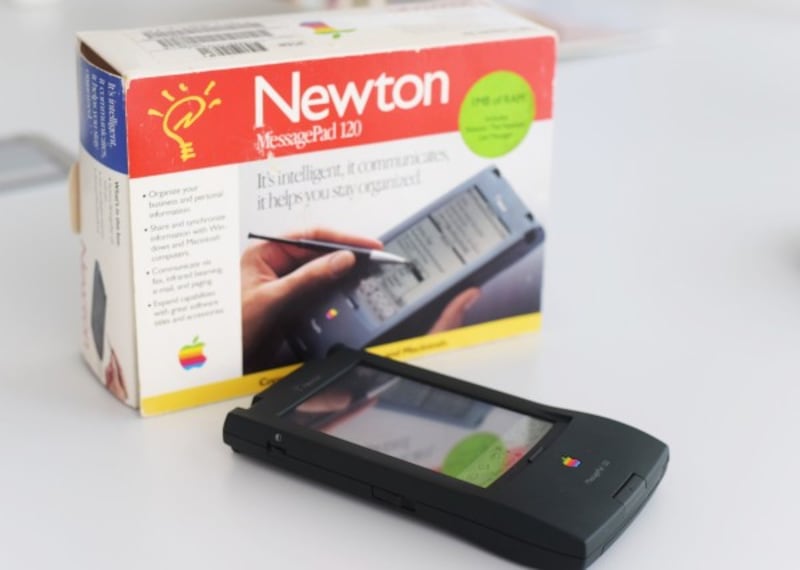
The Apple Newton personal digital assistant was first launched in 1993 with the hotly-marketed handwriting recognition feature that was tipped to be the future of computing.
But the software performed poorly and later became a subject of ridicule by critics and the media.
While the bulky black device may have been a flop, it did pave the way for Apple’s hugely successful iPhones and iPads that millions use today.
3. BIC for Her
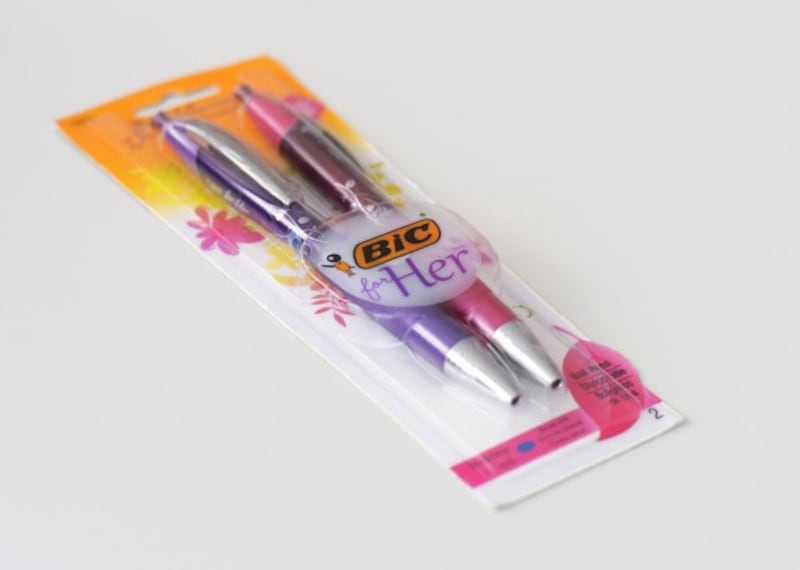
In 2012, BIC released a special range of biros aimed at women. They escaped notice for a while until snarky and sarcastic reviews started to appear on Amazon.
The pens were ridiculed on social media, with women posting photos of themselves writing sarcastic messages such as “I wrote this all by myself”, “Watch out, Shakespeare” and “It’s a miracle”.
4. Blockbuster DVD rental
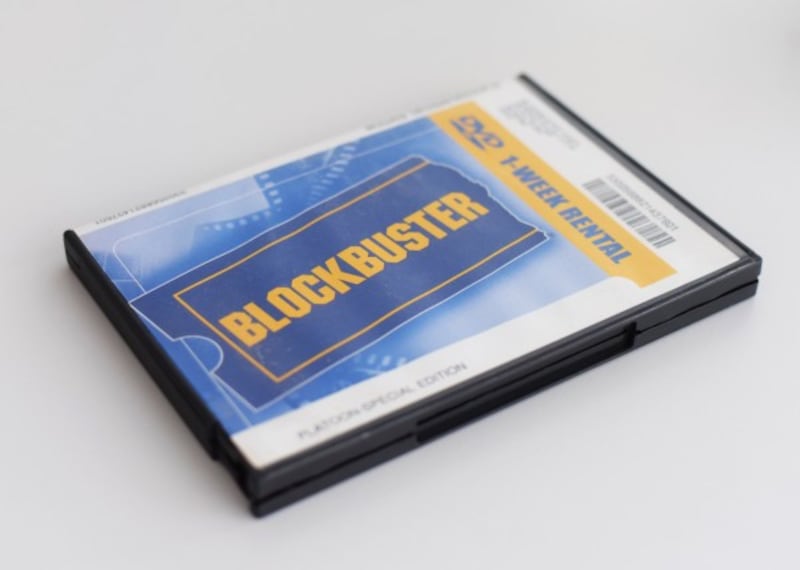
At its peak in 2004, Blockbuster was at the top of its game in the video rental industry with 9,000 stores and around 60,000 employees worldwide but business suffered when it faced steep competition from DVD-by-mail.
The company’s profits relied heavily on late fees and when streaming services like Netflix started to become more popular, Blockbuster quickly lost its customers and reported bankruptcy in 2010.
5. Coca-Cola Blak
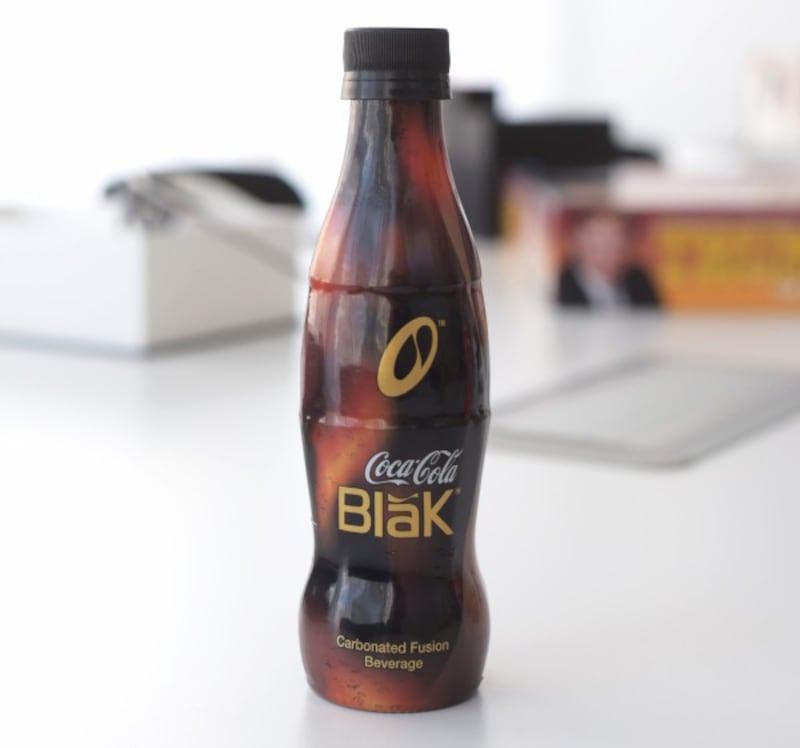
Cola Blak was a coffee-flavored soft drink introduced by Coca-Cola in 2006 – only to be discontinued two years later.
Its sleek design was aimed at savvy working professionals but unfortunately for Coca-Cola, coffee and cola didn’t mix very well.
6. Kodak DC-40
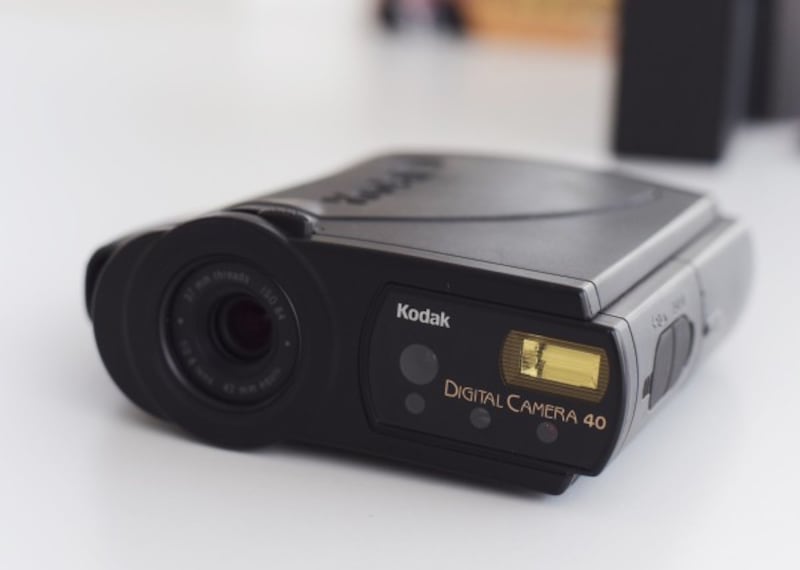
The DC40 was released in 1995 with aim to take on the growing market for digital cameras. Featuring a 4MB flash storage and a 768×512 pixel CCD sensor, the camera was priced at $1,000 (£770).
Fearing it would hurt its printing business, the company dropped the product and ended up declaring bankruptcy in 2012.
7. Trump The Game
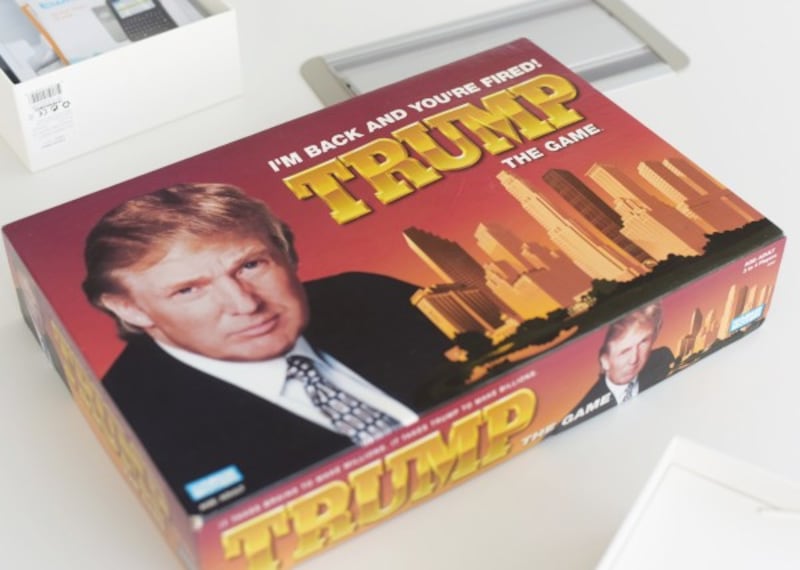
The game was first released in 1989 and then re-released 12 years later to coincide with Donald Trump’s success on The Apprentice.
Despite Trump declaring he “loved the game” and that it was “much more sophisticated than Monopoly”, sales were well below the expected target.
But since the business tycoon became the US’s 45th president, Trump The Game has reportedly become something of a collector’s item.
8. Heinz Green Sauce
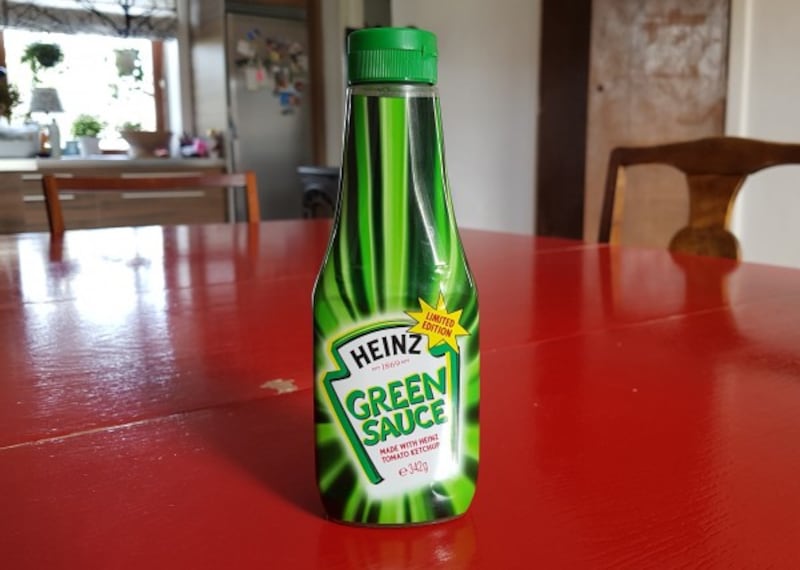
Heinz wanted to add new products to its very successful tomato ketchup, so in 2000, the company launched a new green sauce made using green tomatoes and artificial colouring.
Marketed as a child-friendly condiment, Heinz’s green ketchup was initially popular but soon people were put off by the colour and the product was discontinued in 2006 when interest from consumers dwindled.
9. Google Glass
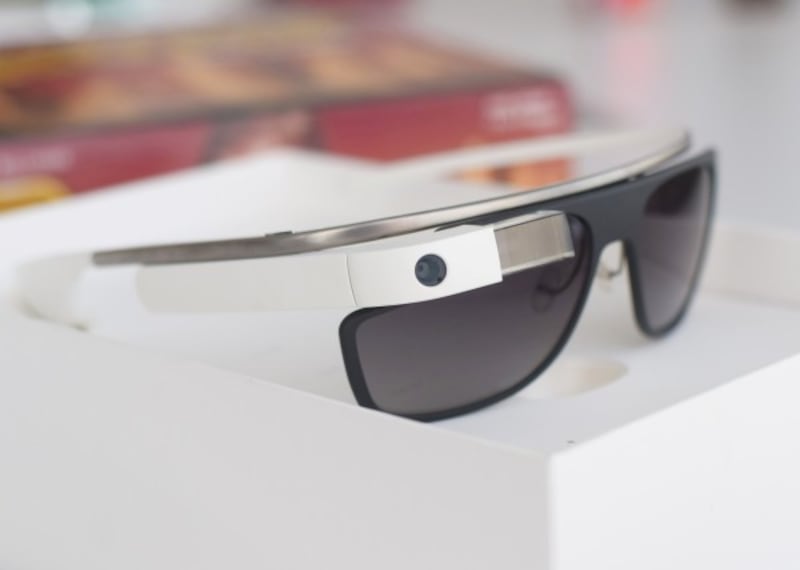
The hotly anticipated device from Google was intended to be the pioneer in the wearable tech industry but the headset, featuring augmented reality display and in-built camera, was full of bugs and its steep price of $1,500 (£1,200) failed to attract consumers.
In 2015, the tech giant announced it was discontinuing the device.
10. Rejuvenique Electric Facial Mask
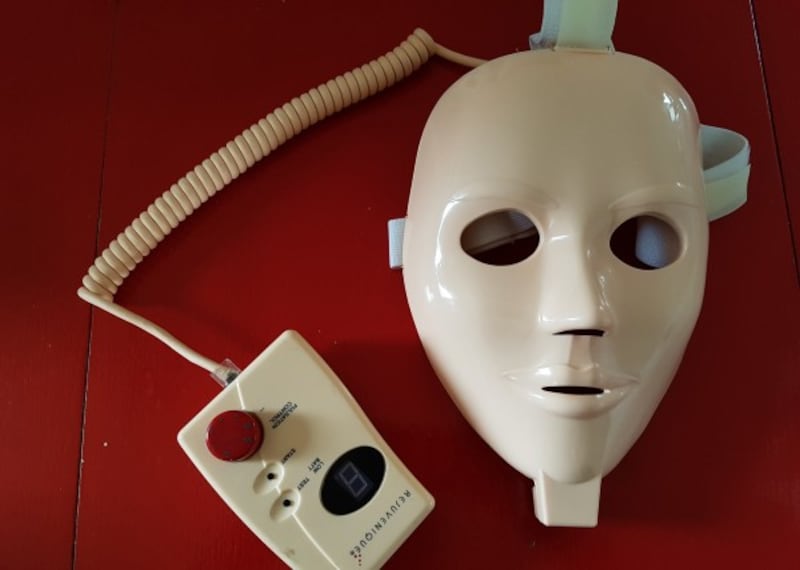
The Rejuvenique Electric Facial Mask debuted in 1999 and found fame (or rather notoriety) through its infomercial, which made the device look like it was straight out of a horror film.
The product failed to achieve commercial success but is still available to buy on Amazon today.
11. Nokia N-Gage
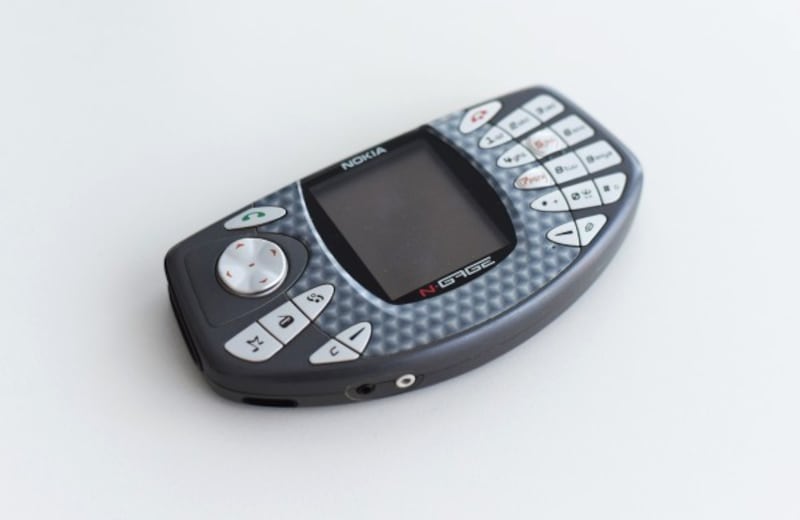
Nokia released its smartphone and handheld game system in 2003 but the device was widely criticised because it was awkward to use and had to be disassembled to change games.
When used as a phone, the gizmo was described as resembling a taco – earning the nickname “Taco phone”. It was eventually discontinued three years later.
12. Orbitz
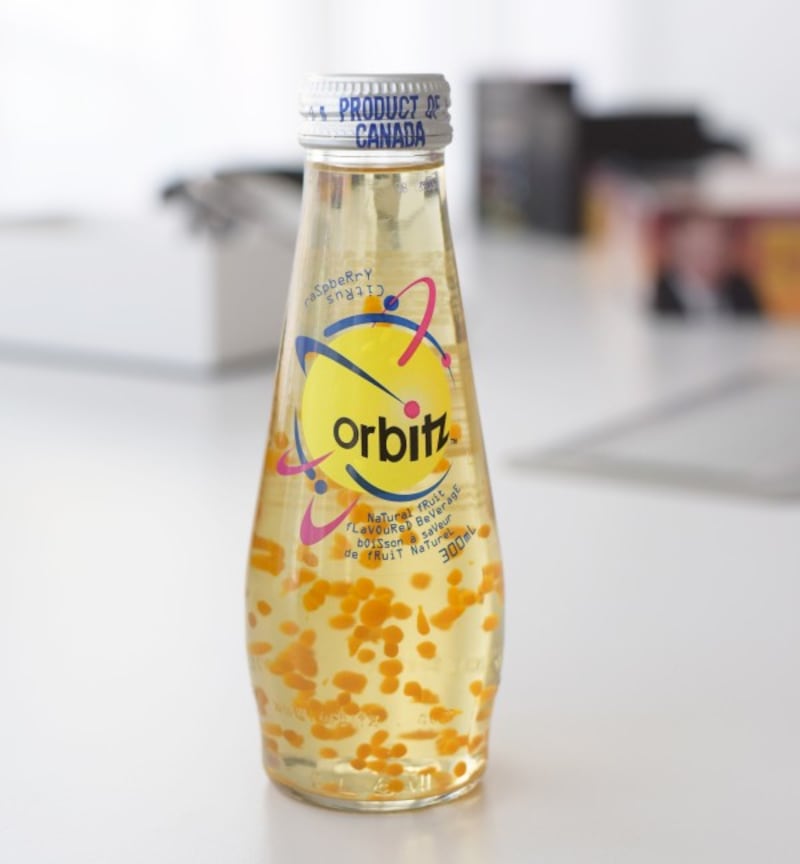
Launched in 1997, Orbitz was marketed as a “texturally enhanced alternative beverage” but didn’t go down well with the consumers.
The drink was shelved a year later and made it to Time magazine’s list of Top 10 Bad Beverage Ideas.
13. Sony Betamax
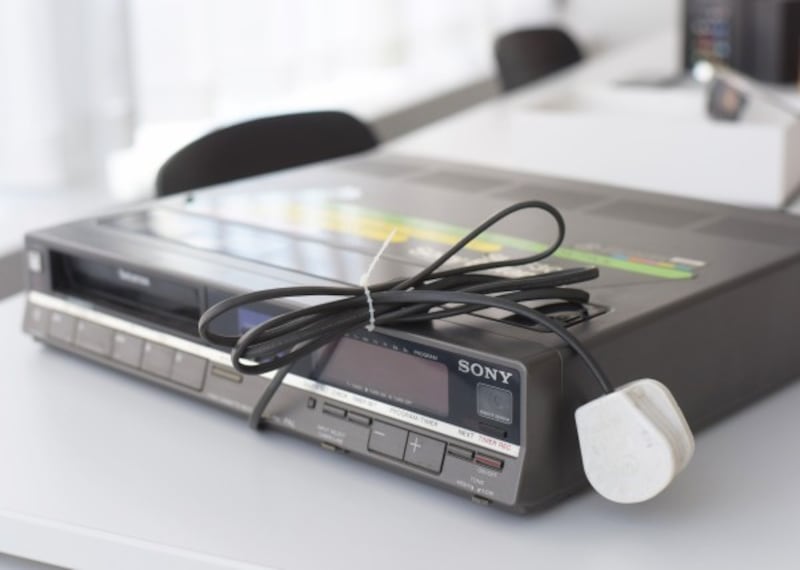
Sony Betamax was first launched in 1975 but failed to take on rivals JVC and their video format VHS.
While Betamax came first, JVC decided to develop its own open format to avoid Sony’s domination of the market and, eventually, VHS became more widely adopted.
14. Twitter Peek
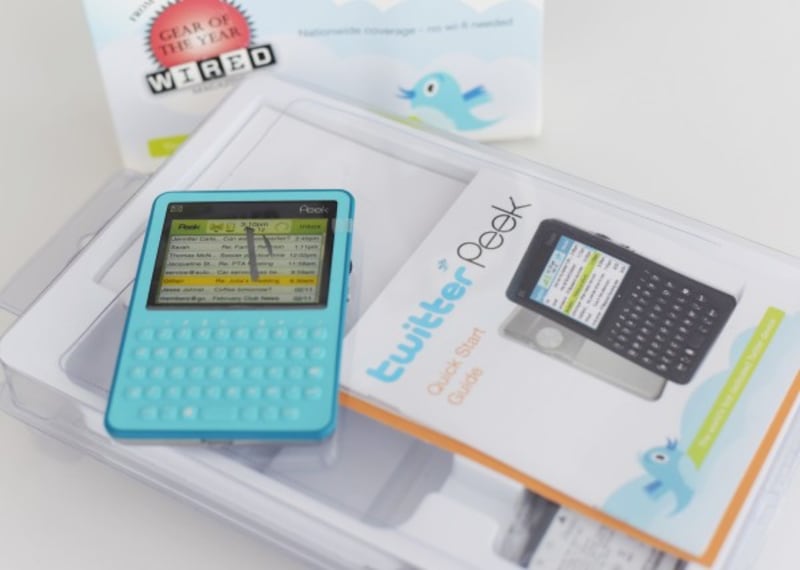
In 2009, mobile start-up firm called Peek launched its new device which they called Twitter Peek. While the social media network is one of the many applications we use on our phones these days, a dedicated Twitter-only device didn’t sit well with the customers eight years ago.
Also, the phone showed only 20-character previews of your Tweets, forcing you to click to see more. Ultimately, with stiff competition from smartphone makers Apple and Samsung, Twitter Peek quickly lost its lustre.
15. Harley-Davidson Perfume
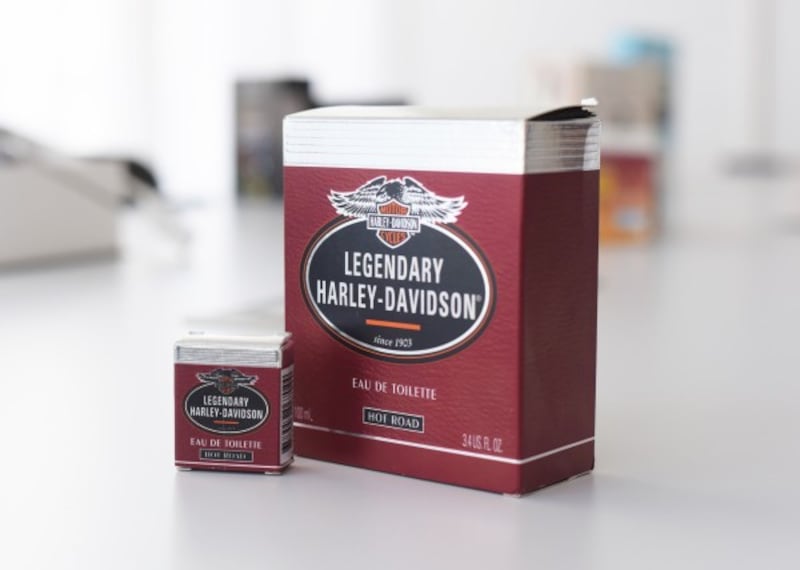
Harley Davidson introduced a line of perfumes in 1996 but it did not go down well with the fans of the brand.
Loyal fans saw the fragrances as not resonating with its tough cult-brand identity. The perfumes were on the market for a few years until they were quietly shelved by Harley-Davidson.
